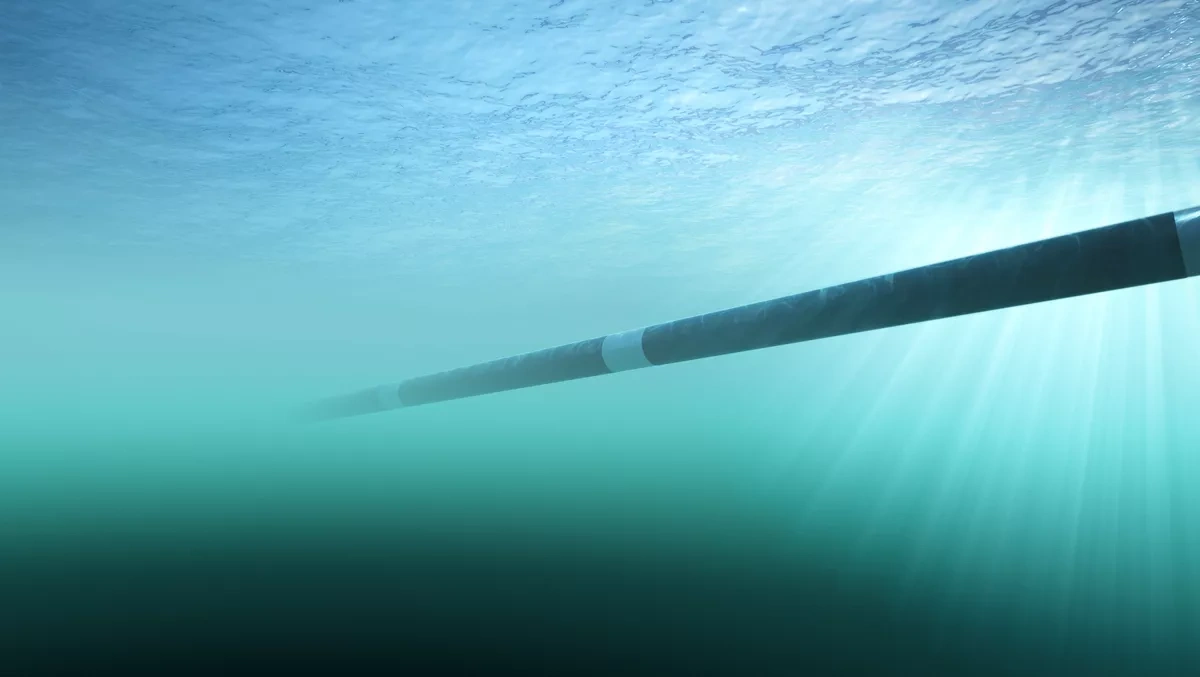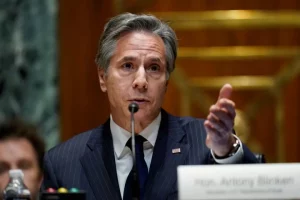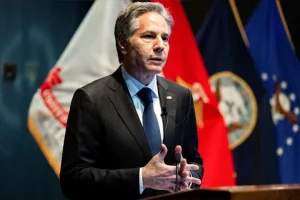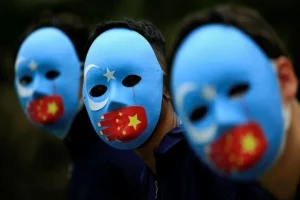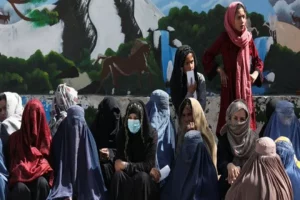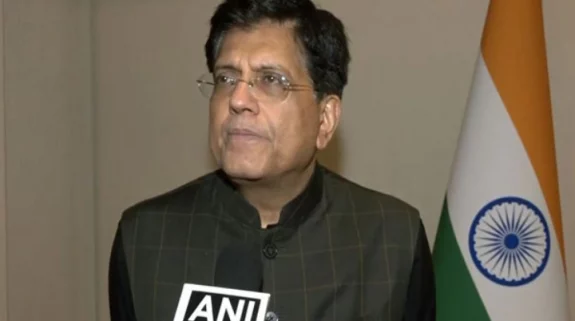As the competition between the United States and China to gain an upper hand for the control of international subsea internet cables gets intense, Washington’s decision to invest $3 million in a feasibility study for the new Central Pacific Cable could further ruffle feathers in Beijing.
Going ahead full throttle on its project to connect the Pacific Islands to commercial, international subsea cables through efforts such as the Partnership for Global Infrastructure and Investment (PGI), the White House announced earlier this week an initial investment of up to $3 million for a feasibility study for the new Central Pacific Cable, which would run from Guam to American Samoa to complete the triangle with Hawaii and could connect up to an additional 12 Pacific Island countries.
The Biden Administration plans to request from the US Congress up to $12 million to support spurs in the region to meet the demand for additional secure ICT infrastructure investments and also intends to provide an additional $2.5 million to continue US support for the East Micronesia Cable in partnership with Australia and Japan, on top of our prior $20 million commitment.
Approximately 98 per cent of the world’s data and voice traffic are carried by international submarine cables and as much as 95 per cent of international data traffic in the Indo-Pacific is carried by undersea cable networks, making them vital to connectivity as well as a source of strategic vulnerability.
India’s Quad partners Australia, Japan and the United States are already deeply involved in pushing forward the delivery of the East Micronesia Cable project that will provide digital connectivity for Kiribati, Nauru, and the state of Kosrae in the Federated States of Micronesia by linking them with the existing HANTRU-1 undersea cable that connects strategic Guam and the Marshall Islands.
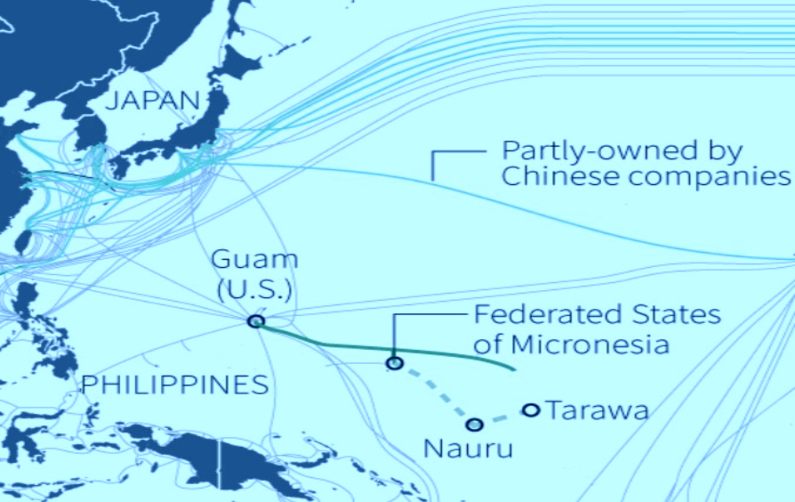
On the sidelines of the same Summit, Quad leaders PM Modi, Japanese PM Fumio Kishida, Australian Prime Minister Anthony Albanese and US President Joe Biden had announced the ‘Quad Partnership for Cable Connectivity and Resilience’ which represents the four countries’ shared commitment to undersea cables as a priority for regional infrastructure.
Quad partners India, Australia, Japan and the United States vowed to discuss overarching priorities and engage with the private sector and also welcomed Canberra’s commitment to establish an Indo-Pacific Cable Connectivity and Resilience Programme which will commission technical and policy research, share best-practice policy frameworks and provide technical assistance to the Indo-Pacific.
Map of the Submarine Internet/Communication Cables around the globe. 🌍
These undersea cable networks provide intercontinental communication across the world.#Internet #Telephone #SubmarineCables pic.twitter.com/QmlAUNrbIe
— The Space Pirate🥷🏻👨🏻🚀 💫🪐🚀 (@TheSpacePirateX) September 20, 2023
“The partnership will strengthen cable systems, drawing on the world-class expertise of Quad countries in manufacturing, delivering and maintaining that cable infrastructure,” Australia’s Minister for Communications, Michelle Rowland said in May.
Earlier this month, PM Modi and the US President Joe Biden co-chaired a special event on PGII and India-Middle East-Europe Economic Corridor (IMEC) on the sidelines of the G20 Summit in New Delhi.
As reported by IndiaNarrative.com, Australia has already taken a major leap forward towards bridging the digital divide and unlocking new opportunities for growth, innovation, and development in the region with the launch of Darwin’s first-ever direct connection to the global network of high-capacity subsea telecommunications cables – the 7700km Darwin-Jakarta-Singapore Cable (DJSC) system.
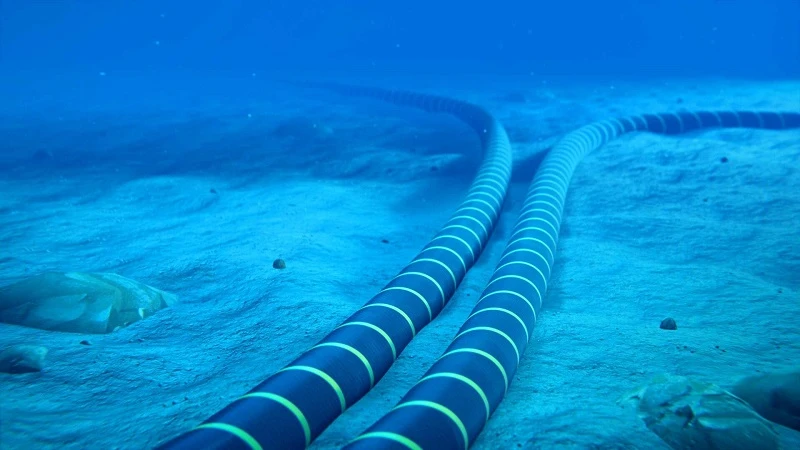
Interestingly, the White House fact sheet released this Monday on enhancing the US-Pacific islands partnership also mentions that the United States Agency for International Development (USAID) intends to invest an additional $2 million to accelerate the region’s digital transformation and provide more reliable and affordable connectivity by supporting the effective deployment of undersea cables and complementary satellite technologies through industry partners.
Also Read: Quad partners India and Australia intensify work on undersea cables amid Chinese inroads






